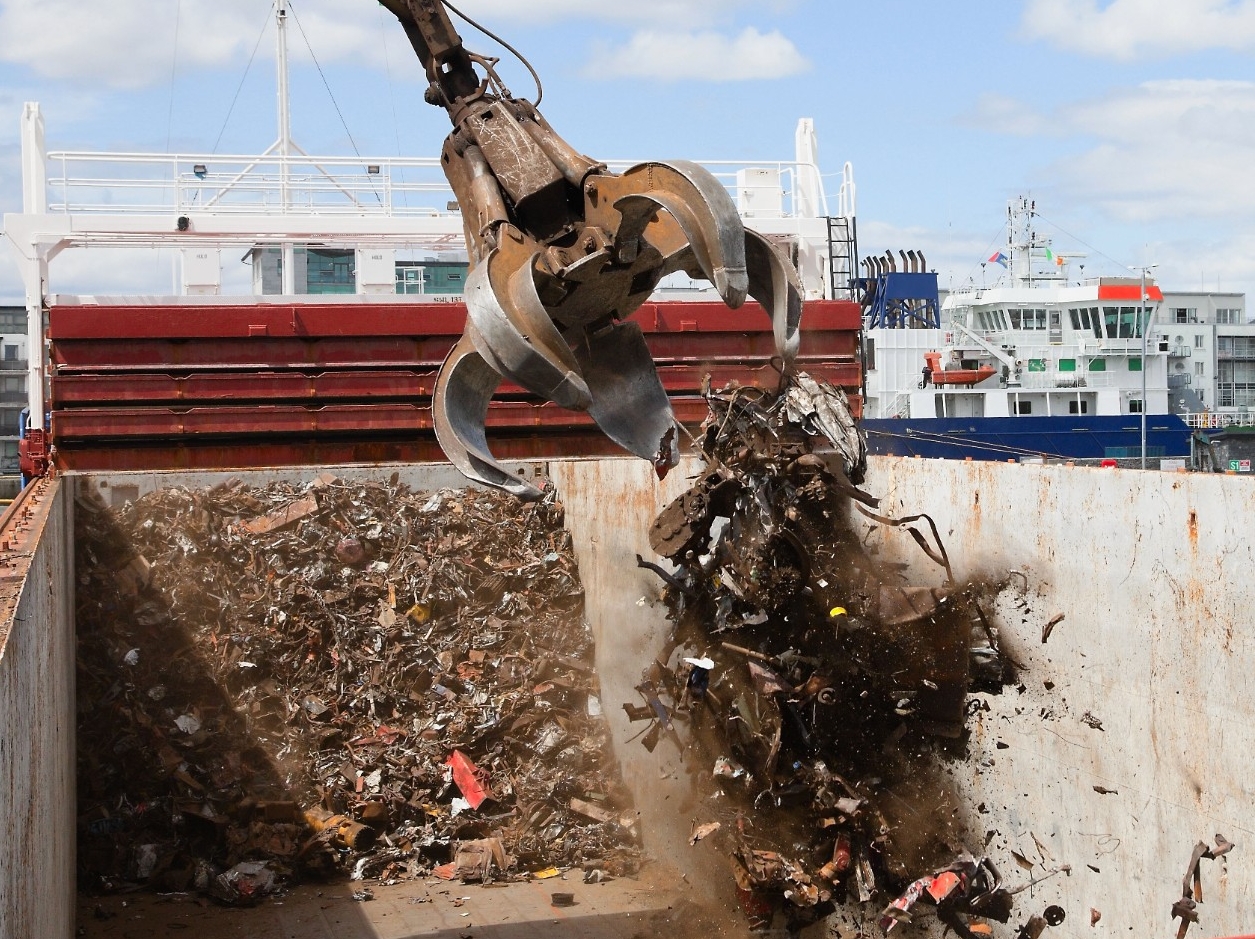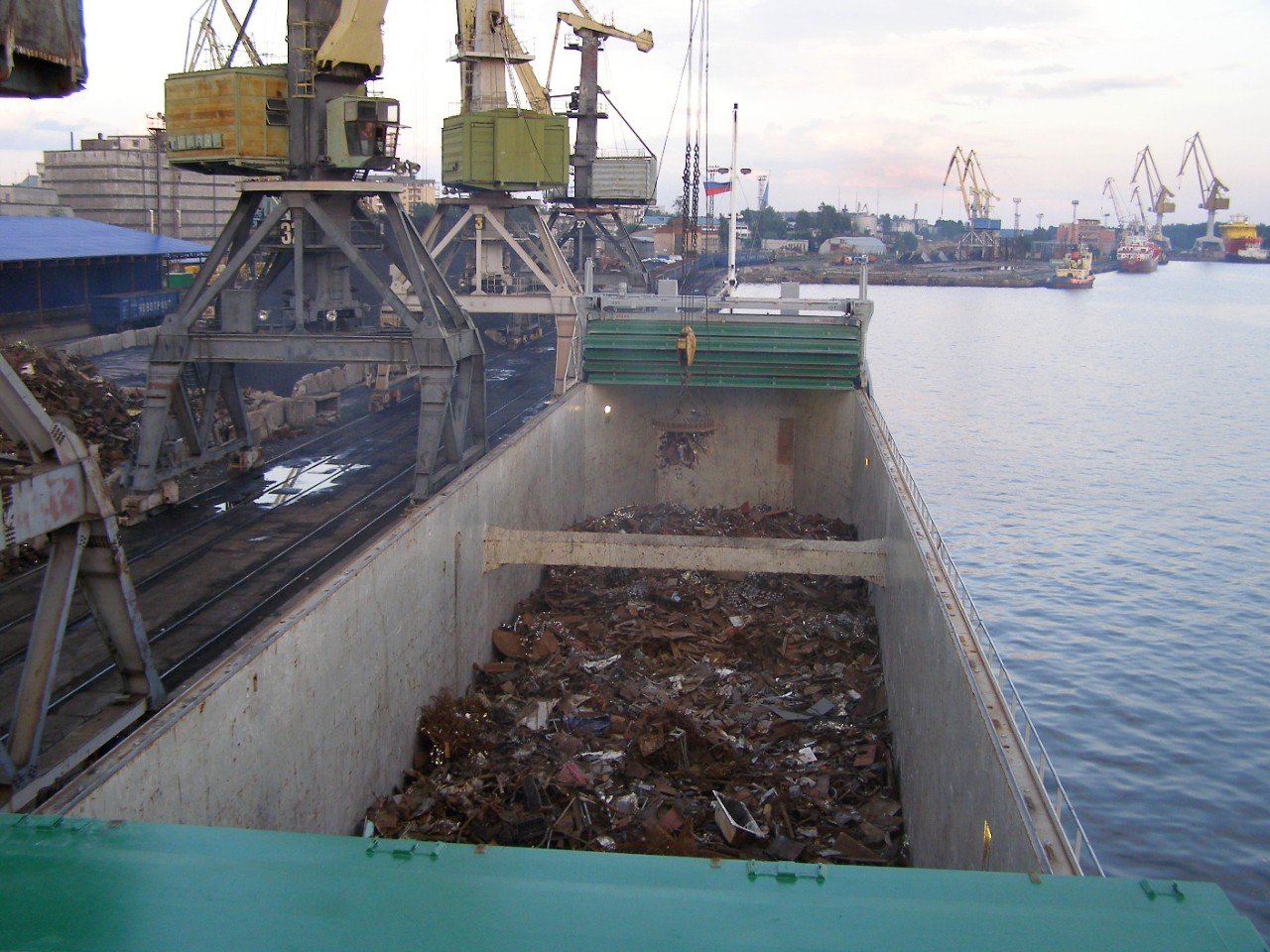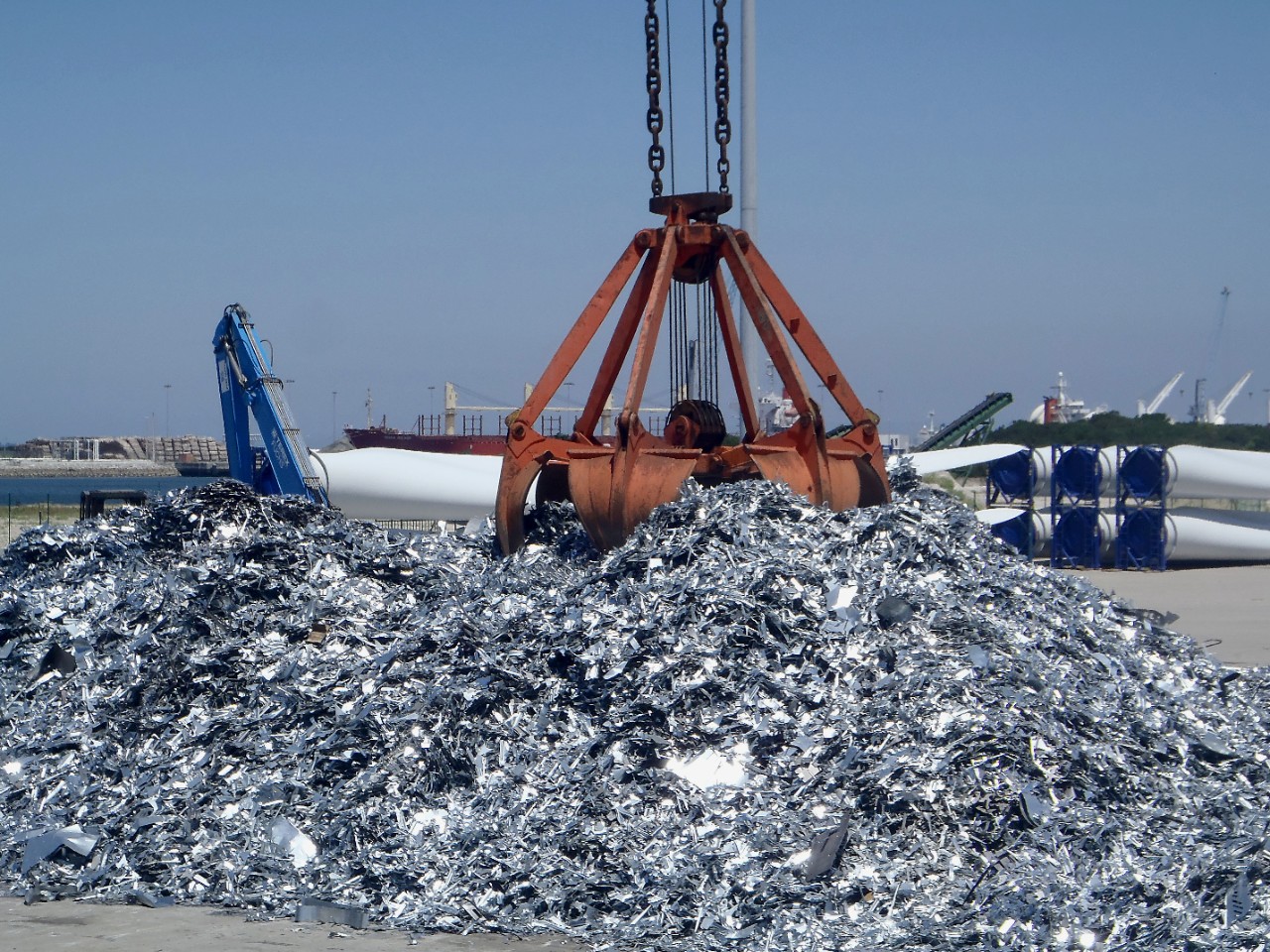The carriage of scrap is a lucrative business. Nevertheless, every year a number of scrap metal related claims are reported. Hazardous materials can be present in the cargo, which can ignite or explode, causing damage to the vessel and environmental damages, as well as personal injury or even death.
Scrap metal consists of recyclable materials left over from product manufacturing and consumption, such as vehicle parts and surplus materials.
There are two main categories of scrap metal:
- Mixed scrap, which comes in different sizes. It may contain car body parts or shredded pieces of metal, the size of coins.
- Ferrous metal borings, shavings, turnings or cuttings
- Turnings, shavings and cuttings are formed by drilling, turning, cutting of steel. Turnings can be long and form a tangled mass or be cut in shorter pieces.
- Borings are the rest material of iron castings and tend to be finer and have a greater bulk density than turnings
Mixed scrap
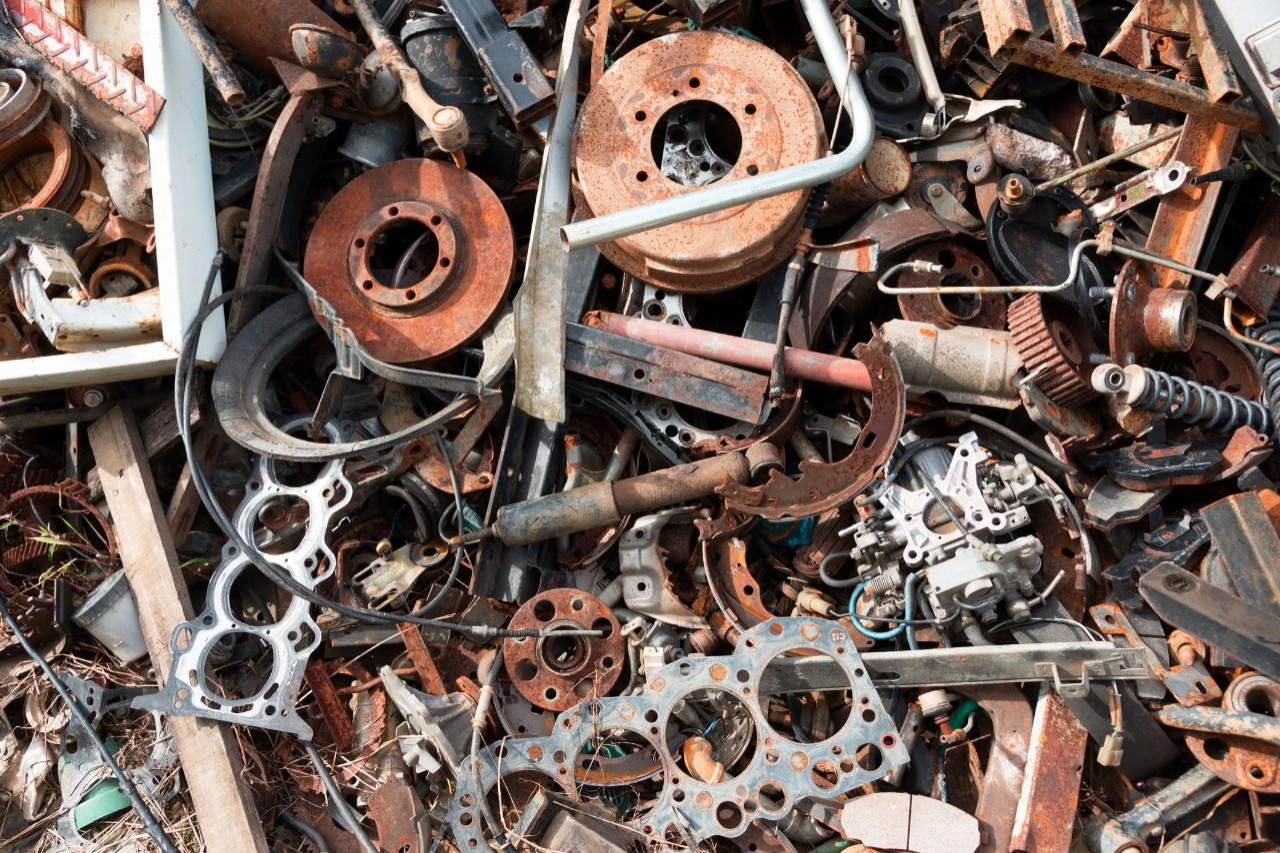
Stainless steel turnings and cuttings
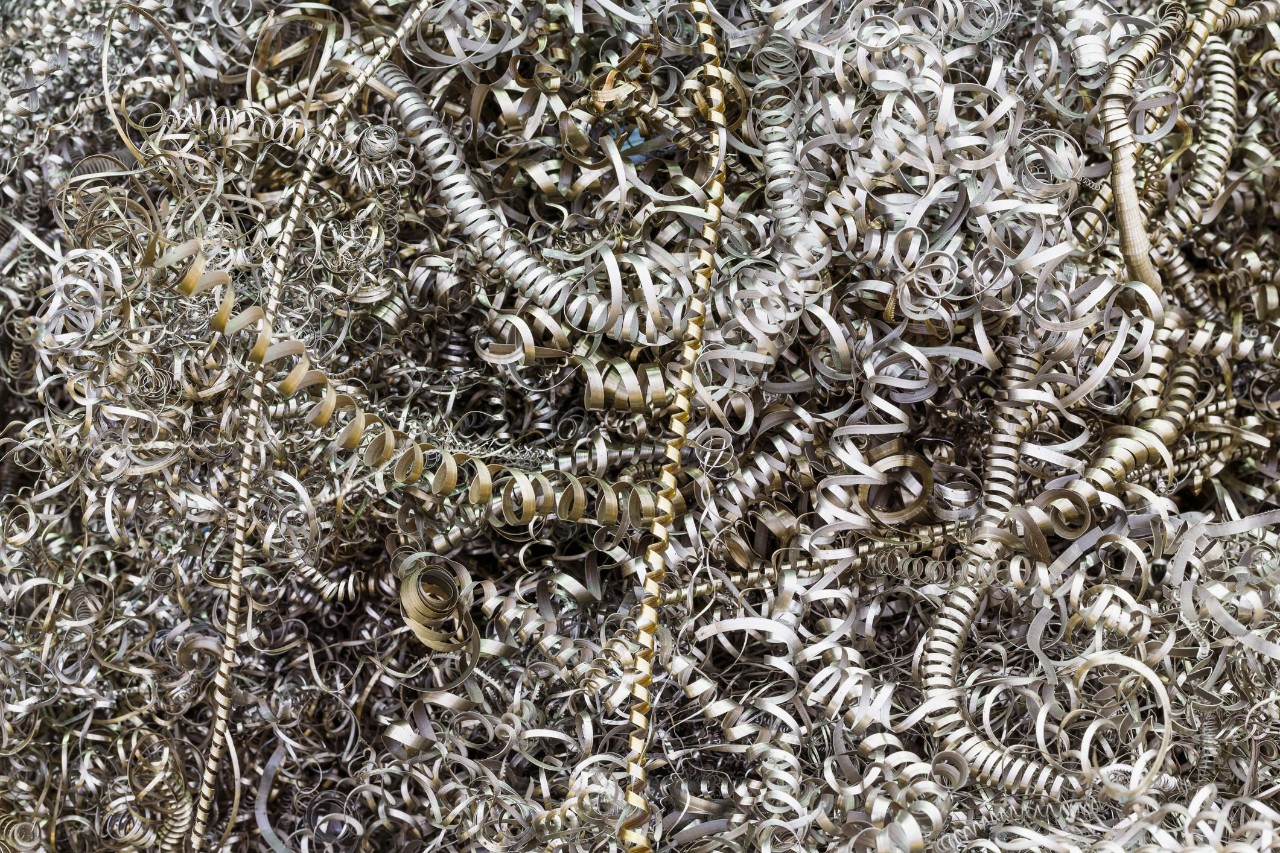
Risks
As the title of this circular already indicates, carrying scrap metal cargoes is not without risk. The most common risks are:
- Spontaneous combustion
Iron can oxidize rapidly which will release heat. In large compact quantities the heat will be largely retained and, as a result, the temperature of the mass will increase. There are known cases where the temperature reached a stunning 500 °C just a few meters below the surface of the cargo without producing flames. - Fire
The mixed scrap cargoes may be polluted with paper, car tyres, rags and all different kinds of flammable material. If seawater and salt crystals are present in the cargo hold this can lead to a rapid oxidation resulting in rising temperatures and setting the contaminants on fire. - Damage to the cargo hold during loading
Scrap metal consists of heavy pieces which can easily penetrate the tank top and the sides of the cargo hold. As a result, ballast and fuel tanks may be ruptured and start leaking, which can be difficult to notice when the cargo holds are full of cargo. Moreover, pieces of scrap can fall from the grab or magnet during loading and damage decks, railings and hatch coamings.
